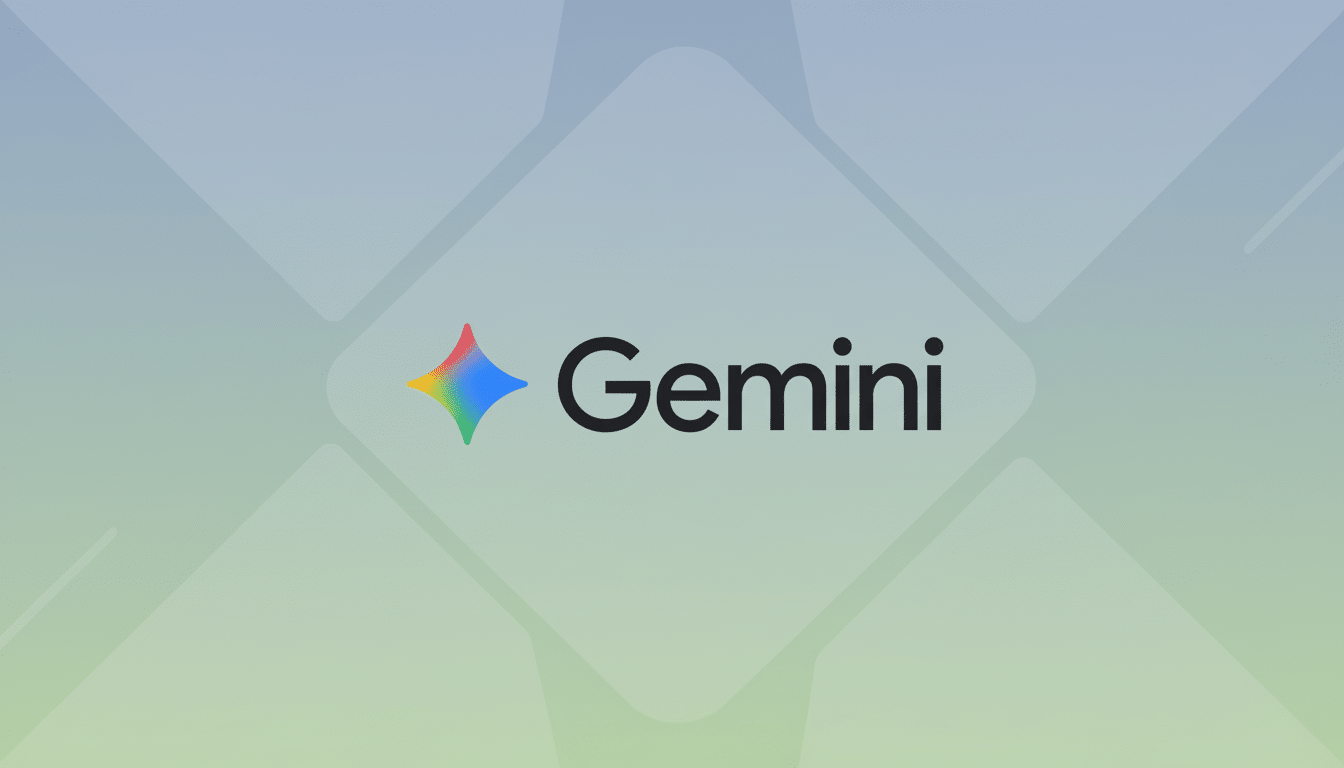Google is teaching Gemini some new tricks with interactive images, a new feature that can turn static diagrams into clickable and explorable study materials. Instead of scrolling past a chart or memorizing a label key from a graphic in a textbook, students can tap on an element that has been labeled and open up a side panel with definitions, explanations, and related content—and then keep asking questions to push and dig deeper.
What Interactive Images Do and How They Help Students
The feature allows Gemini to create images with embedded labels on complex visual elements—a biology cell, say, or a physics free-body diagram or network topology. Clicking a label will cause a flyout to appear which contains brief definitions, explanations of the logical steps, and notes related to this particular component. Because the system is multimodal, conversation is grounded in the image, for questions such as: “What does this membrane do?” or “What impact does this resistor have on the current there?” If not, keep to the regions of the diagram.
- What Interactive Images Do and How They Help Students
- Why It Matters for Learning and Student Outcomes
- Examples and Use Cases Across STEM and Other Subjects
- How It Fits into Google’s AI Strategy for Education
- Limitations and Responsible Use in Classrooms and Homes
- The Bottom Line for Students, Teachers, and Schools

In Google’s case, it makes a plant cell diagram turn into a playground: all the organelles are touchpoints and the side panel explains what it is in plain English. The same model can be used for answering follow-up questions or comparing structures—like contrasting chloroplasts and mitochondria—without losing the visual context that helps explain those differences.
Why It Matters for Learning and Student Outcomes
Interactivity is more than a UX flourish—it’s related to improved learning outcomes. According to a seminal meta-analysis in the Proceedings of the National Academy of Sciences, active learning methods increased exam scores by just under 6 percent, and decreased failure rates—a common concern with large lecture classes—by fifty-five percent compared to traditional lecturing. These findings in cognitive science research, popularized by scholars such as Richard E. Mayer, demonstrate that when well-designed visuals are combined with focused explanations it actually reduces cognitive load and increases retention.
Interactive images play nicely into those findings: They offer control to learners, draw attention to the right part of a diagram, and surface just-in-time definitions rather than bombarding readers with chunks of text. For self-directed study or homework, it could be the difference between fewer context switches and quicker concept comprehension.
Examples and Use Cases Across STEM and Other Subjects
STEM topics are the natural fit. In biology, clicking “Golgi apparatus” draws out its role in modifying proteins along with a snappy analogy. In physics, choosing a vector in a free-body diagram may reveal the derivations of net force and common problems. In chemistry, tapping a reaction arrow might boil down conditions and catalysts. For math, labeled graphs can illustrate an asymptote or intercept, or a transformation with a small, targeted proof.
There are also non‑STEM benefits that are just as compelling. Economics students might open an animation of supply-and-demand curves that includes notes on elasticity and shifts in equilibrium. In computer science, diagrams for architecture can illustrate services, queues, and failure domains. Language learners could use labeled scenes to learn vocabulary in context. Structured labels, summary descriptions, or definitions may also be useful for accessibility with screen readers if used appropriately.

How It Fits into Google’s AI Strategy for Education
The rollout reflects Google’s broader effort to turn Gemini into a truly multimodal tutor, not just a text writer. The company has been positioning education-centric models and features—like its LearnLM research effort—that can provide grounded, dialog-driven help across formats. Interactive images fit into this view by integrating image generation, region comprehension, and conversational reasoning in a single pipeline.
It also fills a longstanding gap in digital study tools: going beyond static diagrams to tools that anticipate frequently asked questions and foster investigation. By retaining context within the visual, Gemini reduces the span between curiosity and explanation, which is where AI assistance really shines.
Limitations and Responsible Use in Classrooms and Homes
Like any AI-driven explainer, accuracy and sourcing are key. Interactive labels may end up lending misinformation the air of authority should it not be checked. We’d expect students and educators to check any of these details against curricula, textbooks, or other reliable sources—especially in safety‑critical fields such as medicine or engineering. Frequent citations, open definitions, and an available fact-checking line will be crucial for classroom adoption.
Privacy and experiences appropriate for a child’s age matter, too. Education technology standards from groups such as ISTE focus on data minimization and clarity about how student inputs are employed. Schools considering AI tools will seek administrative controls, content filters, and auditability to address policy and compliance issues.
The Bottom Line for Students, Teachers, and Schools
With Gemini’s interactive images, the diagrams go from static references to active learning sites, inviting students to click and question—and then make connections, all without leaving the visual. If Google couples the feature with solid accuracy protections and educator-friendly controls, it could be a tool for homework help, classroom demos, and self-paced study—an evolution of multimodal AI in education that makes sense.

